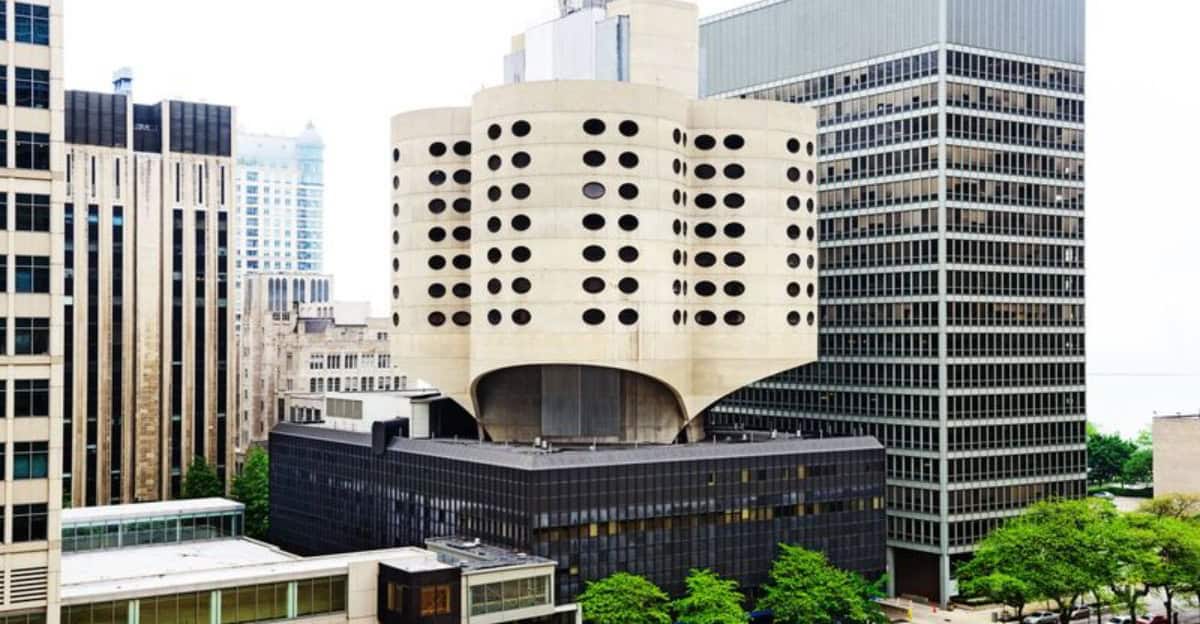The Prentice Women’s Hospital in Chicago stands as an iconic example of Brutalist architecture.
Its unique design and historical significance make it a subject of interest for architects and historians alike.
This article explores 10 intriguing facts about this remarkable structure and the Brutalist style that defines it.
1. Unique Architectural Design
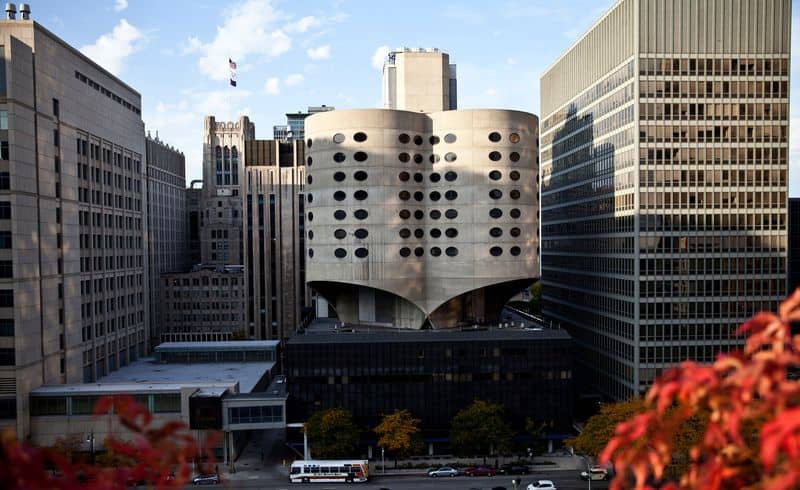
Prentice Women’s Hospital features a striking architectural design characterized by its cylindrical towers.
The building showcases the raw concrete aesthetic typical of Brutalism. Its unique shape not only makes it a visual landmark but also serves functional purposes.
These towers provide efficient space usage for medical facilities. The design reflects a futuristic vision from its time.
2. Historic Significance
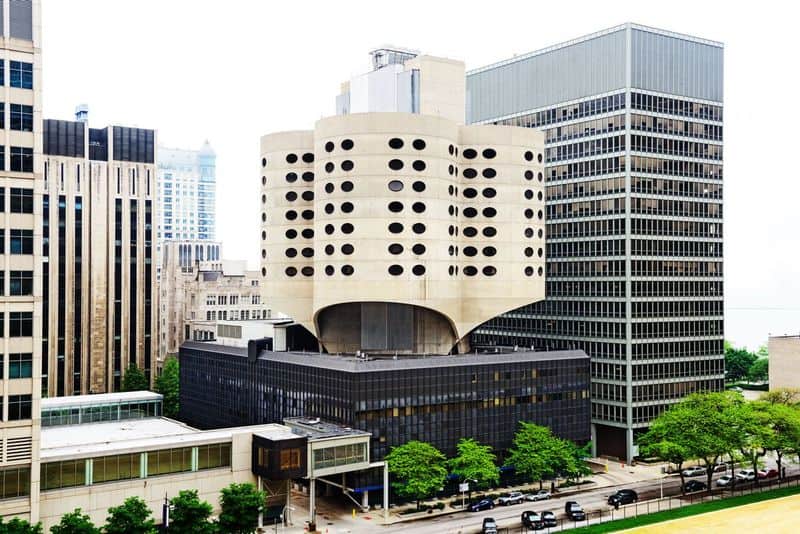
Opened in 1975, Prentice Women’s Hospital is a testament to mid-20th-century architectural innovation. The structure has played a significant role in advancing women’s healthcare.
Over the years, it has become a symbol of architectural and medical progress. Its preservation has sparked debates about balancing historical value with modern needs.
3. Architect Bertrand Goldberg
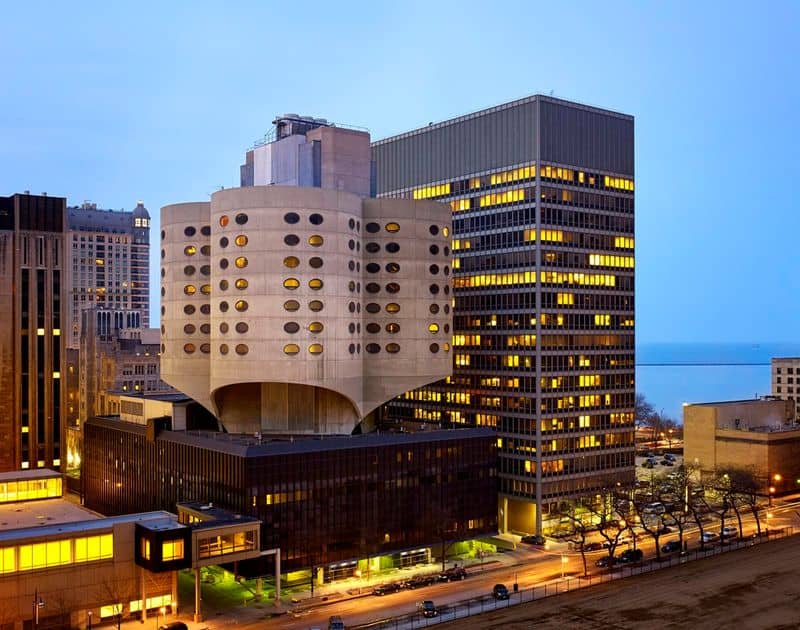
Designed by renowned architect Bertrand Goldberg, the hospital reflects his innovative approach to architecture.
Goldberg aimed to create functional yet aesthetically pleasing structures. His design principles emphasized organic forms and the integration of technology.
Prentice Women’s Hospital stands as one of his most celebrated works, embodying his unique vision.
4. Controversial Demolition Plans
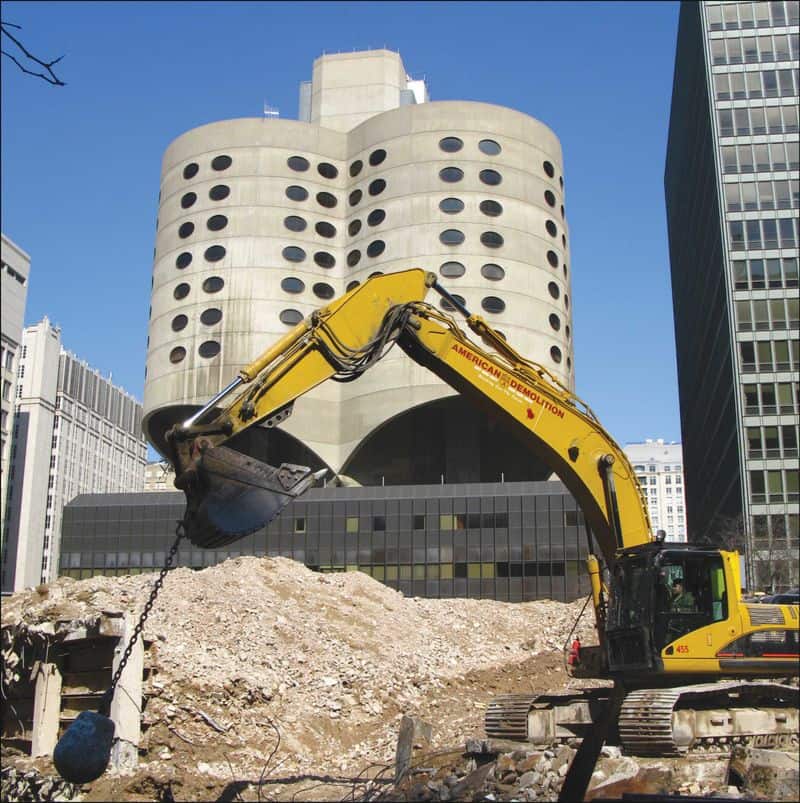
In recent years, plans to demolish Prentice Women’s Hospital ignited public outcry. Preservationists argued for its architectural significance, while developers eyed new opportunities.
The controversy highlighted tensions between preservation and progress. Community efforts to save the building underscored the public’s appreciation of historical architecture.
5. Innovative Construction Techniques
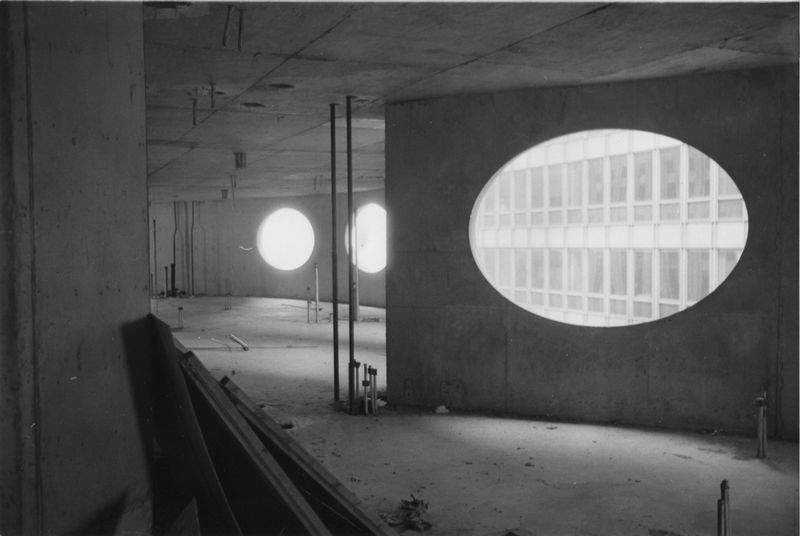
The construction of Prentice Women’s Hospital employed cutting-edge techniques of its era. Its use of modular components and pre-cast concrete elements was pioneering.
These methods allowed for faster construction and cost efficiency. The innovative approach not only contributed to its unique appearance but also set new standards for building practices.
6. Functionality Meets Design
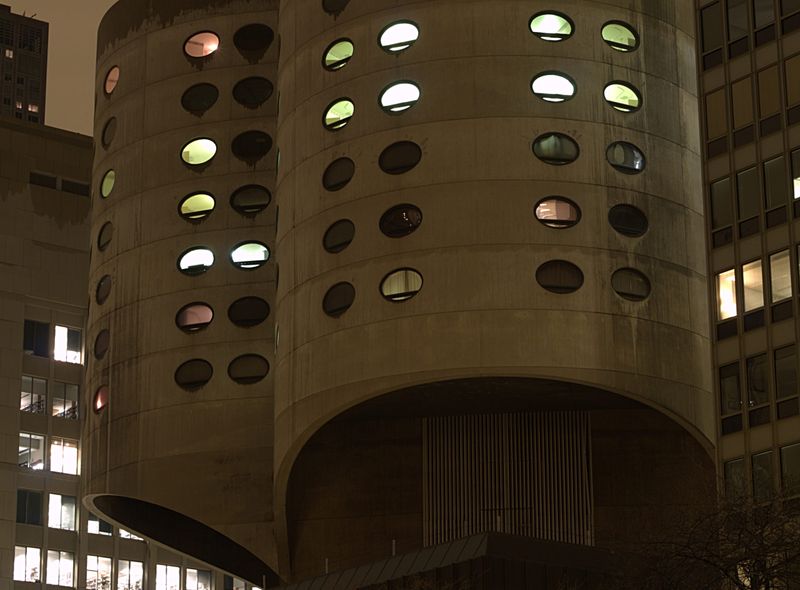
Prentice Women’s Hospital masterfully integrates functionality with design. The circular floor plans maximize space efficiency, enhancing patient care.
Each level is designed to facilitate easy navigation and connectivity. This thoughtful layout reflects an understanding of medical needs, ensuring that the building remains practical and aesthetically engaging.
7. Cultural Landmark Status
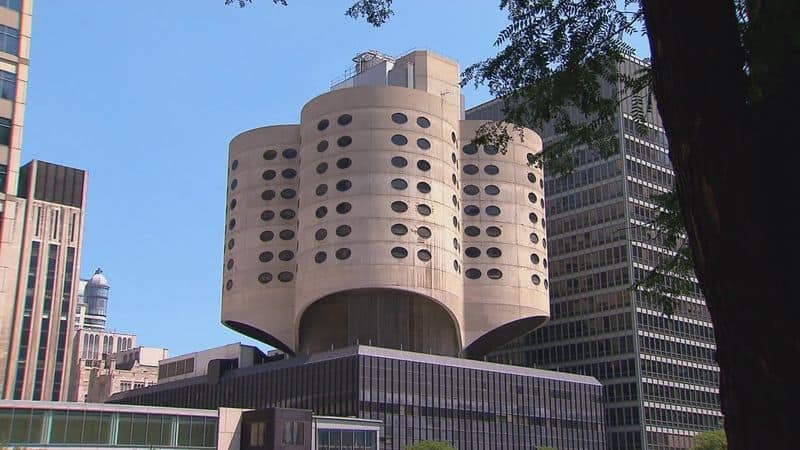
Designated as a cultural landmark, Prentice Women’s Hospital is recognized for its architectural and historical importance.
This status has reinforced efforts to preserve its structure. As a cultural icon, it attracts visitors interested in architecture and history.
The landmark designation reflects its enduring legacy and significance to the community.
8. Integration with Urban Landscape
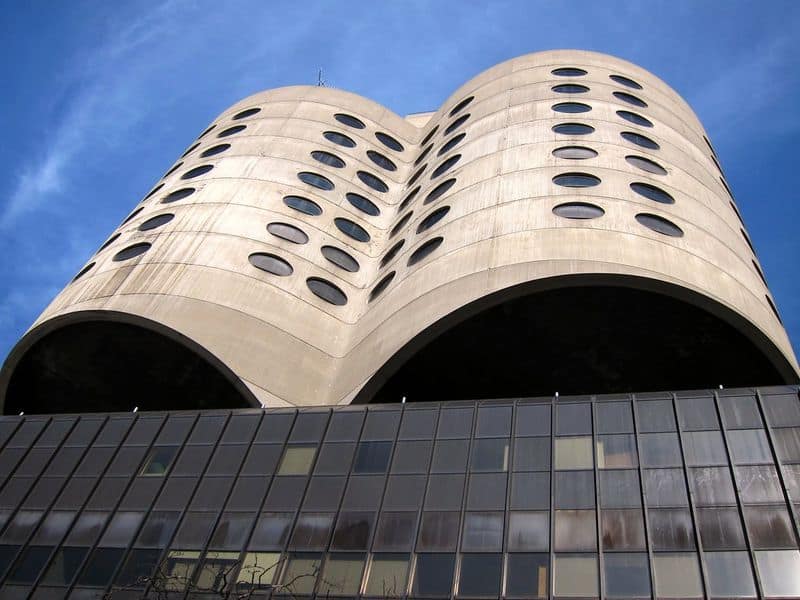
The hospital’s design uniquely complements Chicago’s urban landscape. Its Brutalist style contrasts yet harmonizes with the city’s architectural diversity.
This integration showcases a dialogue between tradition and modernism. The building serves as a bridge connecting different architectural eras, enriching the city’s skyline with its distinct presence.
9. Educational Impact
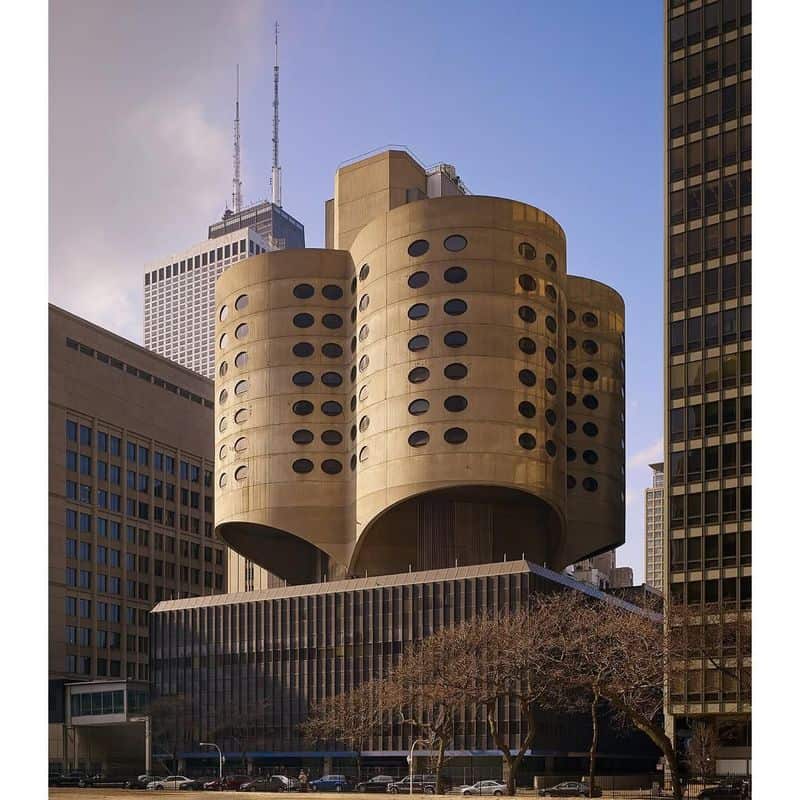
Prentice Women’s Hospital serves as an educational model for architecture students. Its design offers insights into the Brutalist style and innovative construction techniques.
Students and architects study its structure to learn about balancing aesthetics with functionality. The building remains a valuable resource for understanding architectural evolution and design challenges.
10. Legacy of Women’s Healthcare
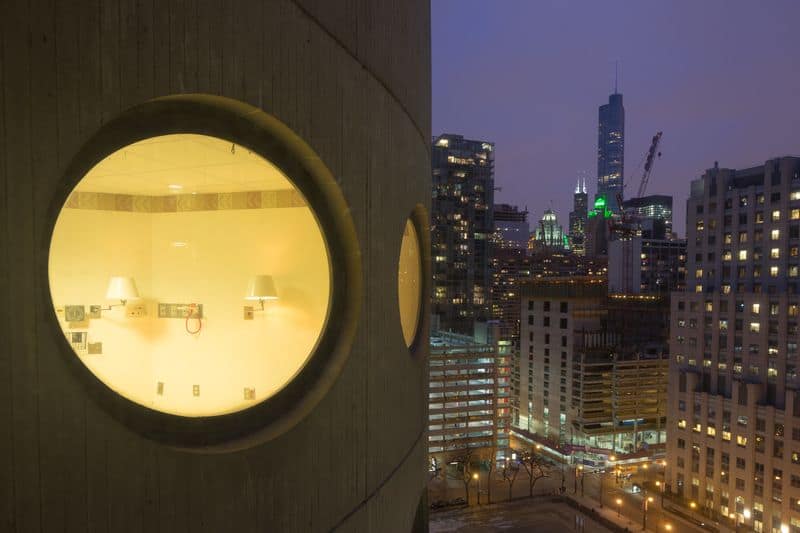
Throughout its history, Prentice Women’s Hospital has been at the forefront of women’s healthcare.
The hospital’s legacy is intertwined with advances in women’s health, reinforcing its importance beyond architecture. Its contribution to medical history remains influential and inspiring.

